 W
WTadao Ando is a Japanese self-taught architect whose approach to architecture and landscape was categorized by architectural historian Francesco Dal Co as "critical regionalism". He is the winner of the 1995 Pritzker Prize.
 W
WBandō Tamasaburō V is a Kabuki actor, and the most popular and celebrated onnagata currently on stage. He has also acted in a handful of films.
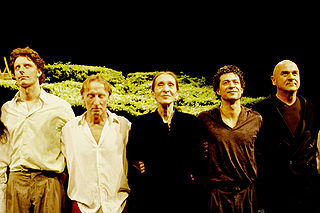 W
WPhilippine "Pina" Bausch was a German dancer and choreographer who, with a blend of movement, sound, and prominent stage sets, and with performers during the development of a piece, became an influence in the field of modern dance from the 1970s on. She continued the European and American Expressionist movements in dance with modernist works in the highly dramatic mode of modern dance theatre dealing with psychological trauma arising from relationships. She created the company Tanztheater Wuppertal Pina Bausch, which performs internationally.
 W
WMaurice Béjart was a French-born dancer, choreographer and opera director who ran the Béjart Ballet Lausanne in Switzerland. He developed a popular expressionistic form of modern ballet, talking vast themes. He was awarded Swiss citizenship posthumously.
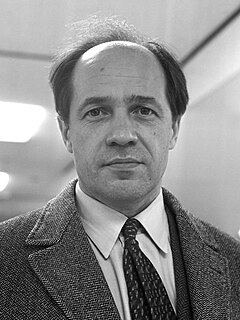 W
WPierre Louis Joseph Boulez CBE was a French composer, conductor, writer and founder of several musical institutions. He was one of the dominant figures of the post-war classical music world.
 W
WPeter Stephen Paul Brook is an English theatre and film director who has been based in France since the early 1970s. He has won multiple Tony and Emmy Awards, a Laurence Olivier Award, the Praemium Imperiale, and the Prix Italia. He has been called "our greatest living theatre director".
 W
WJohn Milton Cage Jr. was an American composer, music theorist, artist, and philosopher. A pioneer of indeterminacy in music, electroacoustic music, and non-standard use of musical instruments, Cage was one of the leading figures of the post-war avant-garde. Critics have lauded him as one of the most influential composers of the 20th century. He was also instrumental in the development of modern dance, mostly through his association with choreographer Merce Cunningham, who was also Cage's romantic partner for most of their lives.
 W
WJürgen Habermas is a German philosopher and sociologist in the tradition of critical theory and pragmatism. His work addresses communicative rationality and the public sphere.
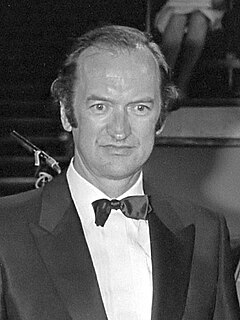 W
WJohann Nikolaus Harnoncourt or historically Johann Nikolaus Graf de la Fontaine und d'Harnoncourt-Unverzagt; was an Austrian conductor, particularly known for his historically informed performances of music from the Classical era and earlier. Starting out as a classical cellist, he founded his own period instrument ensemble, Concentus Musicus Wien, in the 1950s, and became a pioneer of the Early Music movement. Around 1970, Harnoncourt started to conduct opera and concert performances, soon leading renowned international symphony orchestras, and appearing at leading concert halls, operatic venues and festivals. His repertoire then widened to include composers of the 19th and 20th centuries. In 2001 and 2003, he conducted the Vienna New Year's Concert. Harnoncourt was also the author of several books, mostly on subjects of performance history and musical aesthetics.
 W
WJoan Jonas is an American visual artist and a pioneer of video and performance art, and one of the most important artists to emerge in the late 1960s and early 1970s. Jonas' projects and experiments were influential in the creation of video performance art as a medium. Her influences also extended to conceptual art, theatre, performance art and other visual media. She lives and works in New York and Nova Scotia, Canada.
 W
WWilliam Kentridge is a South African artist best known for his prints, drawings, and animated films. These are constructed by filming a drawing, making erasures and changes, and filming it again. He continues this process meticulously, giving each change to the drawing a quarter of a second to two seconds' screen time. A single drawing will be altered and filmed this way until the end of a scene. These palimpsest-like drawings are later displayed along with the films as finished pieces of art.
 W
WAkira Kurosawa was a Japanese filmmaker and painter who directed thirty films in a career spanning fifty-seven years. He is regarded as one of the most important and influential film-makers in the history of cinema.
 W
WThe Kyoto Prize in Arts and Philosophy is awarded once a year by the Inamori Foundation for lifetime achievements in the arts and philosophy. The Prize is one of three Kyoto Prize categories; the others are the Kyoto Prize in Advanced Technology and the Kyoto Prize in Basic Sciences. The first Kyoto Prize in Arts and Philosophy was awarded to Olivier Messiaen in 1985, the "greatest composer to have emerged from 20th century France". The Prize is widely regarded as the most prestigious award available in fields not traditionally honored with a Nobel Prize.
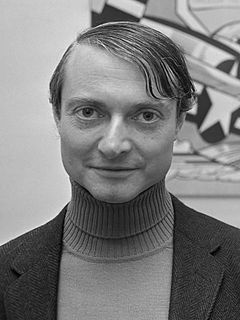 W
WRoy Fox Lichtenstein was an American pop artist. During the 1960s, along with Andy Warhol, Jasper Johns, and James Rosenquist among others, he became a leading figure in the new art movement. His work defined the premise of pop art through parody. Inspired by the comic strip, Lichtenstein produced precise compositions that documented while they parodied, often in a tongue-in-cheek manner. His work was influenced by popular advertising and the comic book style. His artwork was considered to be "disruptive". He described pop art as "not 'American' painting but actually industrial painting". His paintings were exhibited at the Leo Castelli Gallery in New York City.
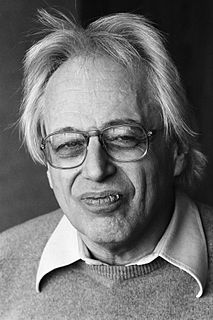 W
WGyörgy Sándor Ligeti was a Hungarian-Austrian composer of contemporary classical music. He has been described as "one of the most important avant-garde composers in the latter half of the twentieth century" and "one of the most innovative and influential among progressive figures of his time".
 W
WWitold Roman Lutosławski was a Polish composer and conductor. Among the major composers of the 20th century, he is "generally regarded as the most significant Polish composer since Szymanowski, and possibly the greatest Polish composer since Chopin". His compositions—of which he was a notable conductor—include representatives of most traditional genres, aside from opera: symphonies, various orchestral works, chamber works, concertos, and song cycles, some of which he orchestrated. Of these, his best known works are his four symphonies, the Concerto for Orchestra (1954), the song cycle Twenty Polish Christmas Carols (1946), and a cello concerto (1970).
 W
WOlivier Eugène Prosper Charles Messiaen was a French composer, organist, and ornithologist, one of the major composers of the 20th century. His music is rhythmically complex; harmonically and melodically he employs a system he called modes of limited transposition, which he abstracted from the systems of material generated by his early compositions and improvisations. He wrote music for chamber ensembles and orchestra, vocal music, as well as for solo organ and piano, and also experimented with the use of novel electronic instruments developed in Europe during his lifetime.
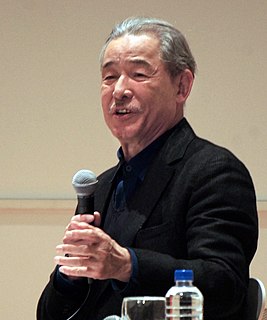 W
WIssey Miyake is a Japanese fashion designer. He is known for his technology-driven clothing designs, exhibitions and fragrances, such as L'eau d'Issey, which has become his most well-known product.
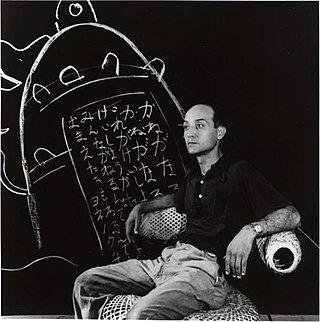 W
WIsamu Noguchi was an American artist and landscape architect whose artistic career spanned six decades, from the 1920s onward. Known for his sculpture and public artworks, Noguchi also designed stage sets for various Martha Graham productions, and several mass-produced lamps and furniture pieces, some of which are still manufactured and sold.
 W
WMartha Craven Nussbaum is an American philosopher and the current Ernst Freund Distinguished Service Professor of Law and Ethics at the University of Chicago, where she is jointly appointed in the law school and the philosophy department. She has a particular interest in ancient Greek and Roman philosophy, political philosophy, existentialism, feminism, and ethics, including animal rights. She also holds associate appointments in classics, divinity, and political science, is a member of the Committee on Southern Asian Studies, and a board member of the Human Rights Program. She previously taught at Harvard and Brown.
 W
WNam June Paik was a Korean American artist. He worked with a variety of media and is considered to be the founder of video art. He is credited with the first use (1974) of the term "electronic super highway" to describe the future of telecommunications.
 W
WRenzo Piano is an Italian architect. His notable buildings include the Centre Georges Pompidou in Paris, The Shard in London (2012), the Whitney Museum of American Art in New York City (2015) and Stavros Niarchos Foundation Cultural Center in Athens (2016). He won the Pritzker Architecture Prize in 1998.
 W
WSir Karl Raimund Popper was an Austrian-British philosopher, academic and social commentator.
 W
WWillard Van Orman Quine was an American philosopher and logician in the analytic tradition, recognized as "one of the most influential philosophers of the twentieth century." From 1930 until his death 70 years later, Quine was continually affiliated with Harvard University in one way or another, first as a student, then as a professor. He filled the Edgar Pierce Chair of Philosophy at Harvard from 1956 to 1978.
 W
WJean Paul Gustave Ricœur was a French philosopher best known for combining phenomenological description with hermeneutics. As such, his thought is within the same tradition as other major hermeneutic phenomenologists, Edmund Husserl, Hans-Georg Gadamer and Gabriel Marcel. In 2000, he was awarded the Kyoto Prize in Arts and Philosophy for having "revolutionized the methods of hermeneutic phenomenology, expanding the study of textual interpretation to include the broad yet concrete domains of mythology, biblical exegesis, psychoanalysis, theory of metaphor, and narrative theory."
 W
WFukumi Shimura is a Japanese textile artist who has created kimono since 1958. Shimura was awarded multiple honours including the Living National Treasure in 1990 and the 2014 Kyoto Prize in Arts and Philosophy.
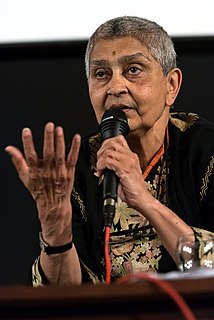 W
WGayatri Chakravorty Spivak is an Indian scholar, literary theorist, and feminist critic. She is a University Professor at Columbia University and a founding member of the establishment's Institute for Comparative Literature and Society.
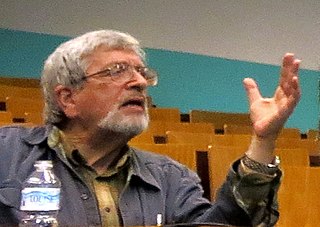 W
WRichard Taruskin is an American musicologist, music historian, and critic who has written about the theory of performance, Russian music, 15th-century music, 20th-century music, nationalism, the theory of modernism, and analysis. As a choral conductor he directed the Columbia University Collegium Musicum. He played the viola da gamba with the Aulos Ensemble from the late 1970s to the late 1980s. Taruskin received his B.A. magna cum laude (1965), M.A. (1968) and Ph.D. in historical musicology (1976) from Columbia University.
 W
WCecil Percival Taylor was an American pianist and poet.
 W
WCharles Margrave Taylor is a Canadian philosopher from Montreal, Quebec, and professor emeritus at McGill University best known for his contributions to political philosophy, the philosophy of social science, the history of philosophy, and intellectual history. His work has earned him the Kyoto Prize, the Templeton Prize, the Berggruen Prize for Philosophy, and the John W. Kluge Prize.
 W
WAndrzej Witold Wajda was a Polish film and theatre director. Recipient of an Honorary Oscar, the Palme d'Or, as well as Honorary Golden Lion and Honorary Golden Bear Awards, he was a prominent member of the "Polish Film School". He was known especially for his trilogy of war films consisting of A Generation (1955), Kanał (1957) and Ashes and Diamonds (1958).
 W
WIannis Xenakis was a Greek-French composer, music theorist, architect, performance director and engineer. After 1947, he fled Greece, becoming a naturalized citizen of France. Xenakis pioneered the use of mathematical models in music such as applications of set theory, stochastic processes and game theory and was also an important influence on the development of electronic and computer music. He integrated music with architecture, designing music for pre-existing spaces, and designing spaces to be integrated with specific music compositions and performances.